In a January report, U.S. political risk analysis and consultancy firm Eurasia Group listed China’s zero-COVID policy as the world’s top risk going into 2022.
China’s problems add to supply chain disruptions, which will present ongoing risks worldwide, the report said. Its COVID-clearing policies will cause shipping constraints, and shortages in staff, raw materials, and equipment, followed by reduced availability of goods around the globe.
Ell added that Beijing’s tendency to shut down essential ports and factories for COVID-clearing would amplify and prolong the ongoing crisis.
According to China’s General Administration of Customs, in 2021, the country exported more than $363 billion in clothing, footwear, and textiles, $255 billion in data processing equipment and parts, $146 billion in mobile phones, nearly $100 billion in home appliances, $81 billion in steel, $75 billion in auto parts, and almost $74 billion in furniture and other products.
A Tier 1 supplier provides what the original equipment manufacturer (OEM) needs to make the product and set up the chain. Tier 1 suppliers usually provide product devices that are almost close to the end products that other companies can brand as the final product. For instance, Foxconn is the OEM for manufacturing iPhone on a large scale, but Apple is the company brand.
Tier 2 suppliers are the key suppliers to Tier 1 companies in the same supply chain. They don’t usually have direct contact with OEM companies, but they are critical in manufacturing individual components of the end product.
Reliance on Chinese Manufacturing
In 2021, Chinese exports to the United States, the United Kingdom, and India were more than three times what those countries exported to China combined, according to China’s General Administration of Customs. Similarly, Chinese exports to the European Union and Canada also far exceed what China imports from them.In particular, China’s total exports to the United States in 2021 exceeded $576.1 billion, while its total imports from the United States were only $179.5 billion, creating a trade surplus of $396.6 billion for China.
Additionally, the high freight rates for China-U.S. routes also reflected the strong U.S. reliance on Chinese goods.
A private investment consultant living in North America, Mike Sun, told The Epoch Times that the freight rate for containers from Shanghai, Ningbo, Qingdao, and other eastern ports of China, to North America was generally between $1,400 and $2,000 in past years. However, the price of container freight from China to the United States is more than ten times higher now.
According to the latest data from Sofreight, a Chinese shipping logistics platform, the current rate of a single 40-foot container is between $15,000 and $23,000 from the eastern ports of China to the western U.S. ports.
In November 2021, Jason Chiang, a director of Ocean Shipping Consultants based in Singapore, told the Los Angeles Times that some shipping companies had made enough money in the past year to pay for their investments over the past 10 years. A large cargo ship could make a single trip from China to the United States to earn the cost of building the entire ship.
Shipping makes up the movement of at least 90 percent of global goods. The cost of transportation by sea has soared over the past year due to port congestion.
Due to the enormous profits in transportation, after unloading cargo at U.S. ports, many container ships are reluctant to spend time loading U.S. cargo to bring back to China. Instead, they promptly return to China with empty containers in order to make several more trips between China and the United States. This phenomenon has caused some congestion in the export of U.S. goods.
Importance of Supply Chain Restructuring
Presently, many countries and enterprises are restructuring their supply chains away from China, considering the many risks.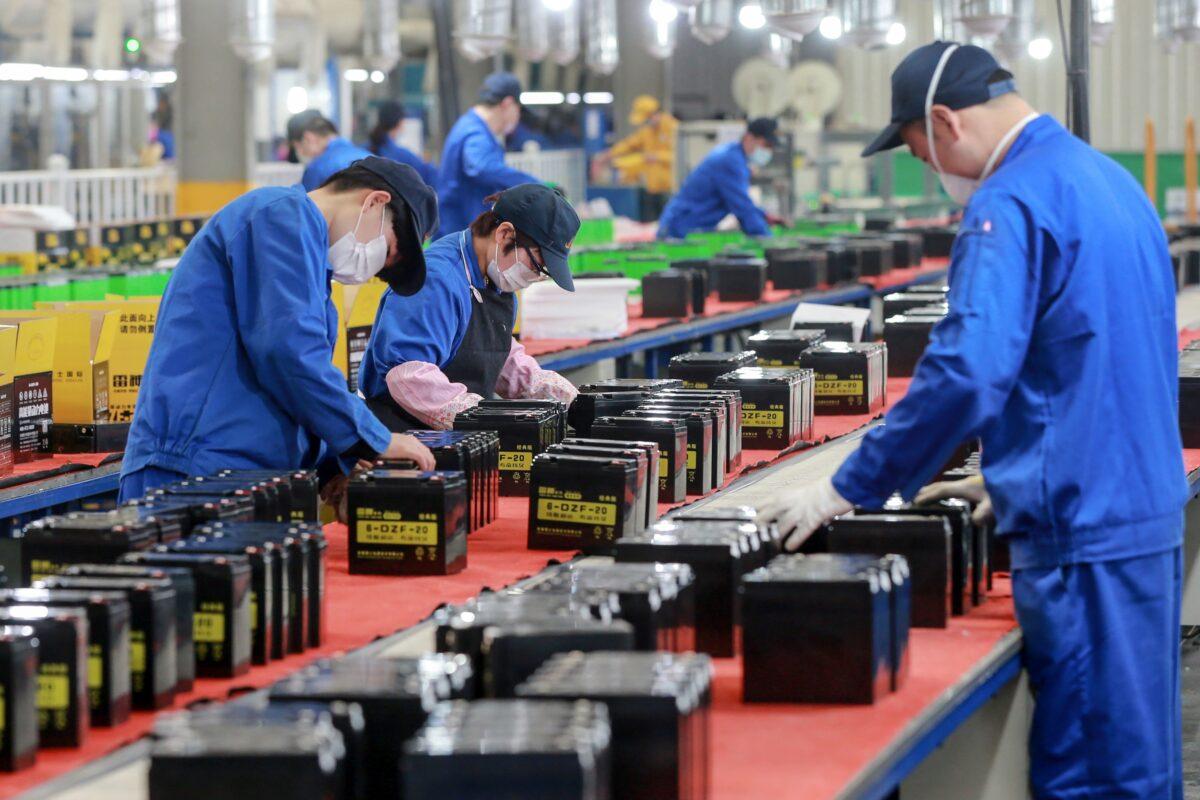
“It’ll be interesting, after this is done, if it starts to alter some of our suppliers’ plans on how they structure their supply chain,” Gifford said. “The longer these things go on and the more disruptions that occur in the supply chain, you start diverting your production.”
However, some believe the long-term diversion and a complete “uncoupling” from China are not feasible, particularly for the tech industry, according to the MSU study citing Forbes.
World’s Most Important Chipmaker Takes Lead
Taiwan Semiconductor Manufacturing Company (TSMC), the world’s largest contract chipmaker, announced in May 2020 that it would build a $12 billion factory in Arizona, expected to start volume production in 2024. The construction is expected to be completed by July.Since then, TSMC has devised a plan for its Arizona plant to quickly replicate its plants in Taiwan. The move outlines TSMC’s intention to mirror its comprehensive supply chain in Taiwan in the United States plant due to concerns over Beijing’s potential invasion.
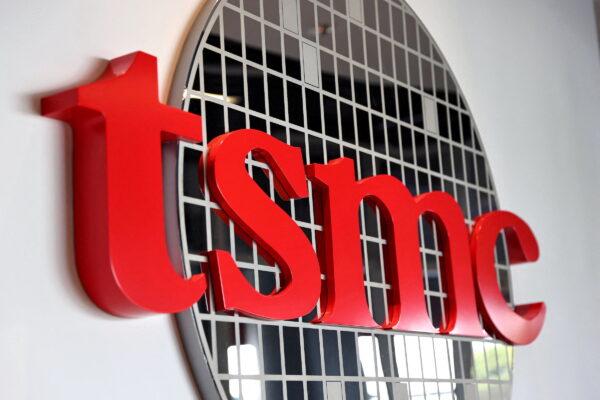
Taiwan’s CommonWealth magazine recently reported that TSMC’s new Arizona factory had received strong support from the Arizona state government. Its construction is at full pace without even a break during the Christmas and New Year holidays.
According to the report citing TSMC insiders, TSMC has ordered its 5-nanometer advanced process wafer fab in Arizona to completely replicate its 5-nanometer factory in Nanke, Taiwan.
TSMC plans to export 26 key suppliers from Taiwan to the United States as part of its plan to get the Arizona factory up and running as quickly as possible. Chairman Mark Liu has invited important suppliers of semiconductor chemicals, materials, and special gas plants to set up factories in the United States.
In addition to exporting talent from Taiwan, TSMC has arranged for more than 100 American engineers to go to its factories in Taiwan for on-site training.
To speed up the construction of its Arizona plant, TSMC will make modular copies of the production equipment in its Taiwan plants and ship them to Arizona in batches for assembly.
Countries Begin Shifting Supply Chains out of China
In November 2021 the Chung-Hua Institution for Economic Research, a Taiwanese think tank, published an article analyzing the global supply chain restructuring since the U.S.-China trade war began and the CCP virus pandemic bloomed. The article describes a clear trend of companies in critical industries shifting their supply chains back to their home countries, especially those crucial to national security.For example, countries are committed to strengthening their independent supply of medicine and medical equipment. The European Union is accelerating the local production capacities of medical drugs and equipment. The United States is seeking to move its entire medical supply chain back home. Japan is subsidizing raw materials and equipment of local factories that produce masks, disinfectants, protective clothing, respirators, and other medical products, including pharmaceuticals.
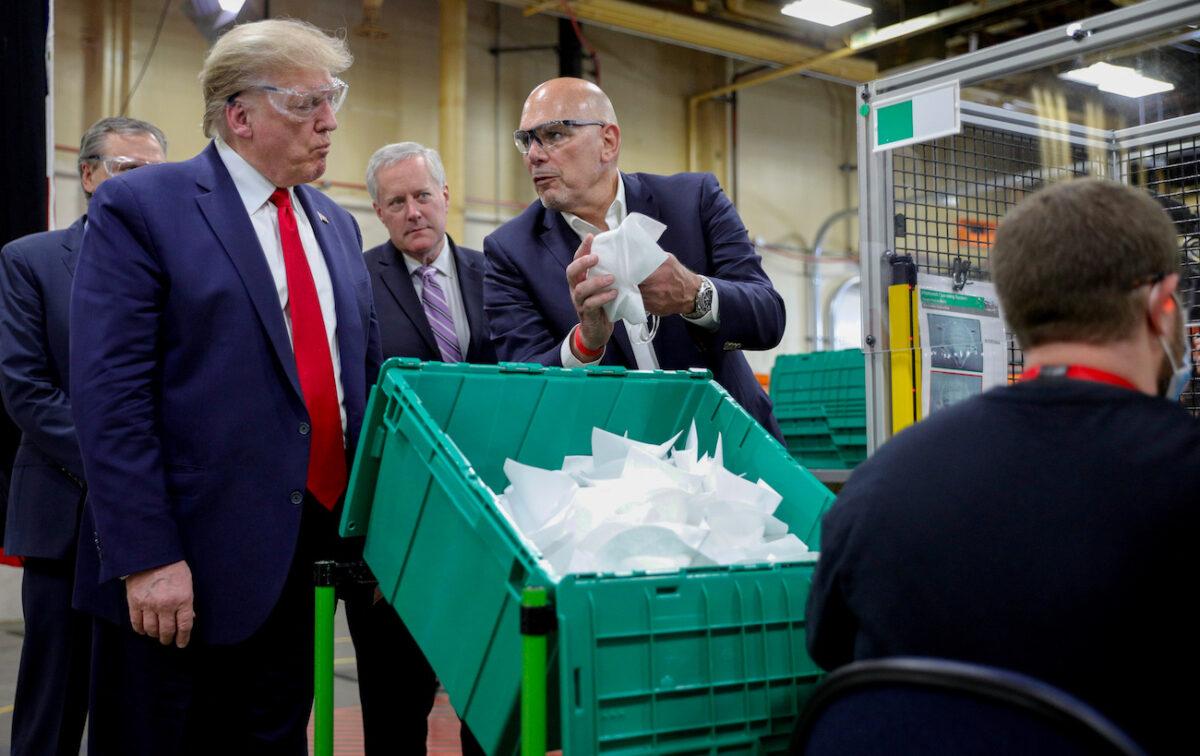
The article also emphasizes the need for countries to work with allies and like-minded partners to build resilient supply chains, given the difficulties for a nation to achieve supply chain security alone.
The report put forward many recommendations, including working with allies and partners to decrease vulnerabilities in the global supply chains, and most importantly, rebuilding America’s domestic production and innovation capabilities.
In the Asia-Pacific region, Japan is actively providing funds to assist Japanese businesses in China to set up at home or relocate to ASEAN countries, India, or others. It is also discussing plans to strengthen economic cooperation with ASEAN countries. India and Australia also support Japan’s goal of diversifying its supply chain in the Indo-Pacific region.
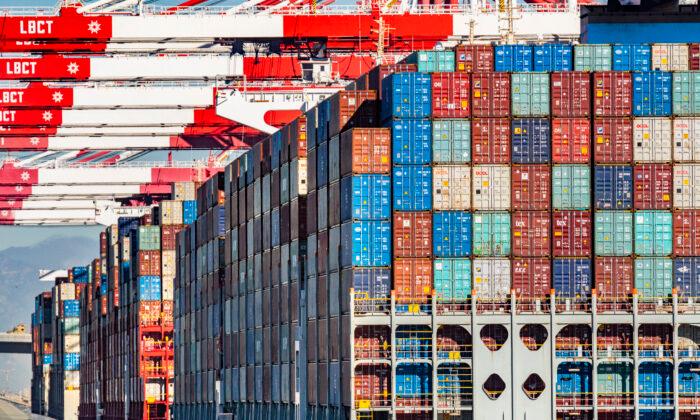

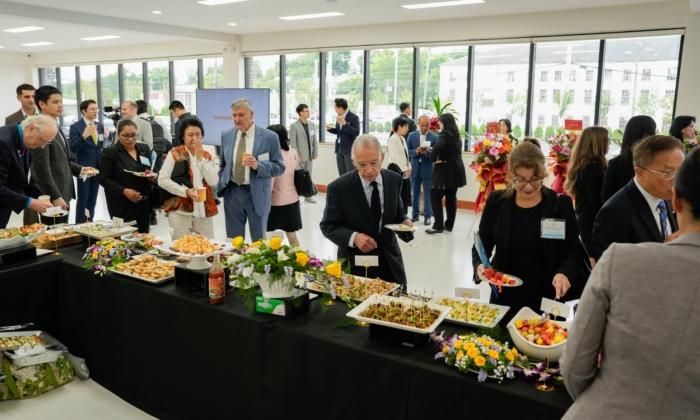
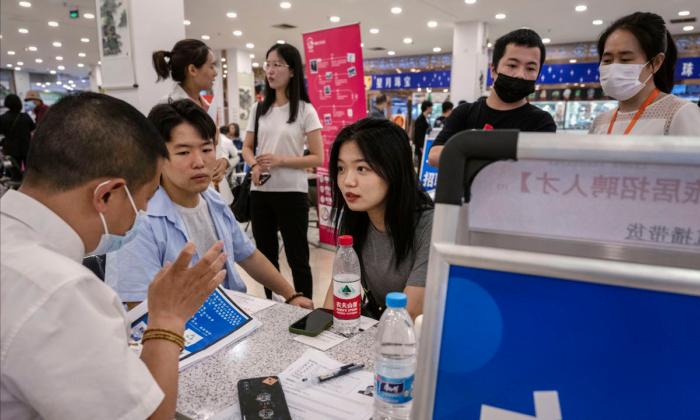

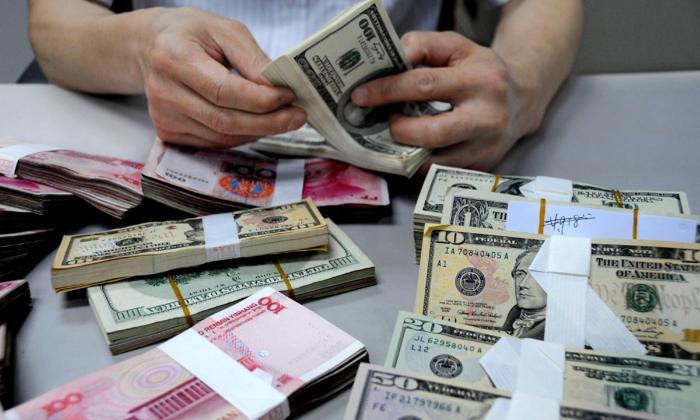
Friends Read Free